本文
Tsurushi Silver Mine : Sado City, Niigata Pref. Japan
- Home
- Gold and Silver in Sado
- Nishimikawa Placer Gold Mine
- Tsurushi Silver Mine
- Aikawa Gold and Silver Mine : Edo period
- Aikawa Gold and Silver Mine : From Meiji era onward
This mine was first discovered in the middle of the 16th century and was the largest silver mine in Sado, and now has more than 600 mining relics. Various mining techniques from different time periods have been identified: "surface mining", where ores were mined from the surface of the earth; "chase mining", where miners tried to mine by following the lodes when digging; and "tunnel mining", where ores were mined by digging horizontal tunnels that would cross several lodes. In addition, many related historical sites were identified such as a local magistrate's office, a mining village, and more.
History
It is believed that Tsurushi Silver Mine was discovered by Toyama Moemon, a merchant of Echigo, former Niigata, in 1542 when he traveled to Sado. Tsurushi has the longest history as a silver mine in Sado Island.
Tsurushi Silver Mine increased its silver production dramatically thanks to the advanced mining and smelting technologies, tunnel mining and cupellation, which were believed to be introduced from Iwami Silver Mine. Tsurushi got prospered in late 16th century as it was called "Tsurushi Sengen", or one thousand houses in the Tsurushi area. The introduction of advanced technology facilitated developing Aikawa after 1596. Proprietors of Tsurushi Silver Mine discovered high quality gold/silver lodes in Aikawa in 1601 and Sado faced a gold rush period.
Okubo Nagayasu, the first magistrate of Sado, relocated the mining administration office from Tsurushi to Aikawa in 1603 and constructed roads in Aikawa. This induced gradual relocations of business zones and temples to Aikawa.
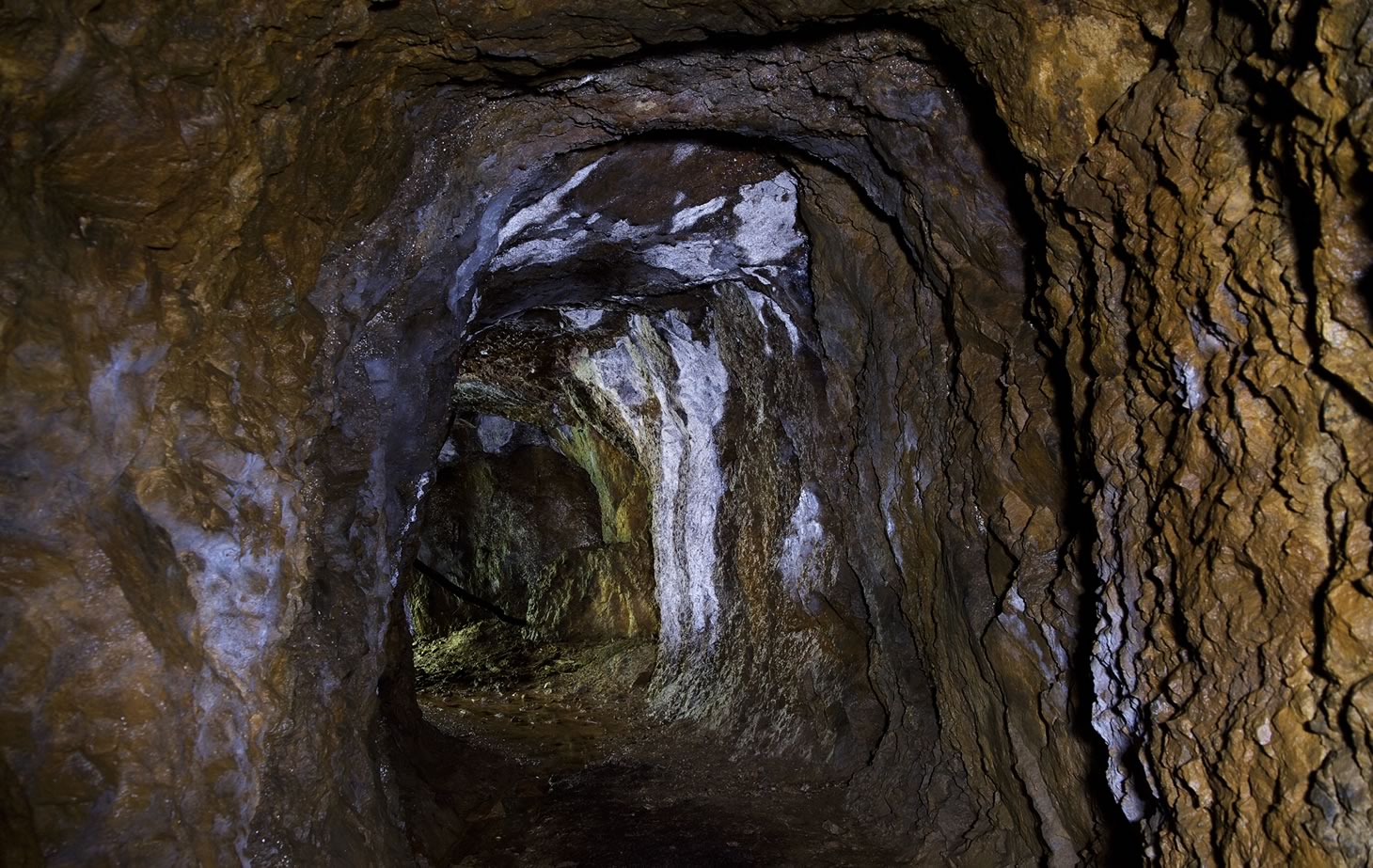
Otaki Mabu tunnel © Hoichi Nishiyama
Surface mining sites
Surface mining is to dig an outcrop lode, a mining technology of medieval period. The mining sites remain in a circle or a groove since they deeply dug rocks and gravels as well as a lode. There are such mining sites on mountainsides and ridges in Tsurushi Silver Mine. One of them is 16m long, 7m wide and 5m deep.
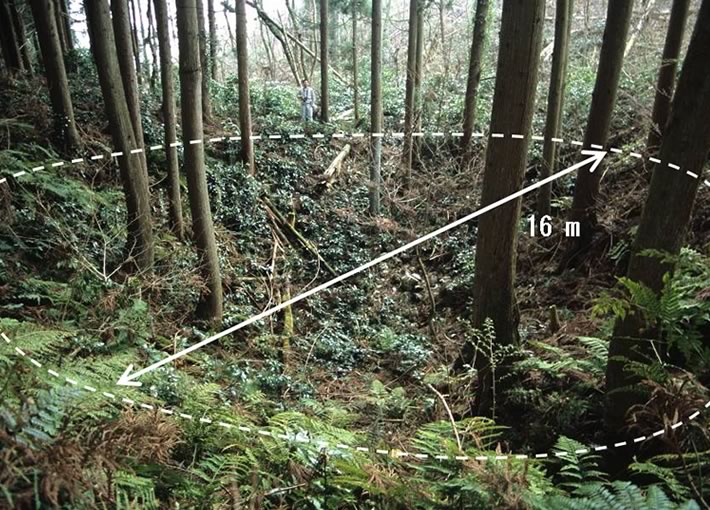
Hyakumaidaira area, remains of surface mining
Byobusawa area, remains of chase mining
Chase mining is to dig a lode along its shape in search of high grade ores. It is considered to be a technique used before the middle of 15th century. Holes are usually remained in the shape of lodes. These sites are proof that they developed Tsurushi Silver Mine before the middle of 15th century.
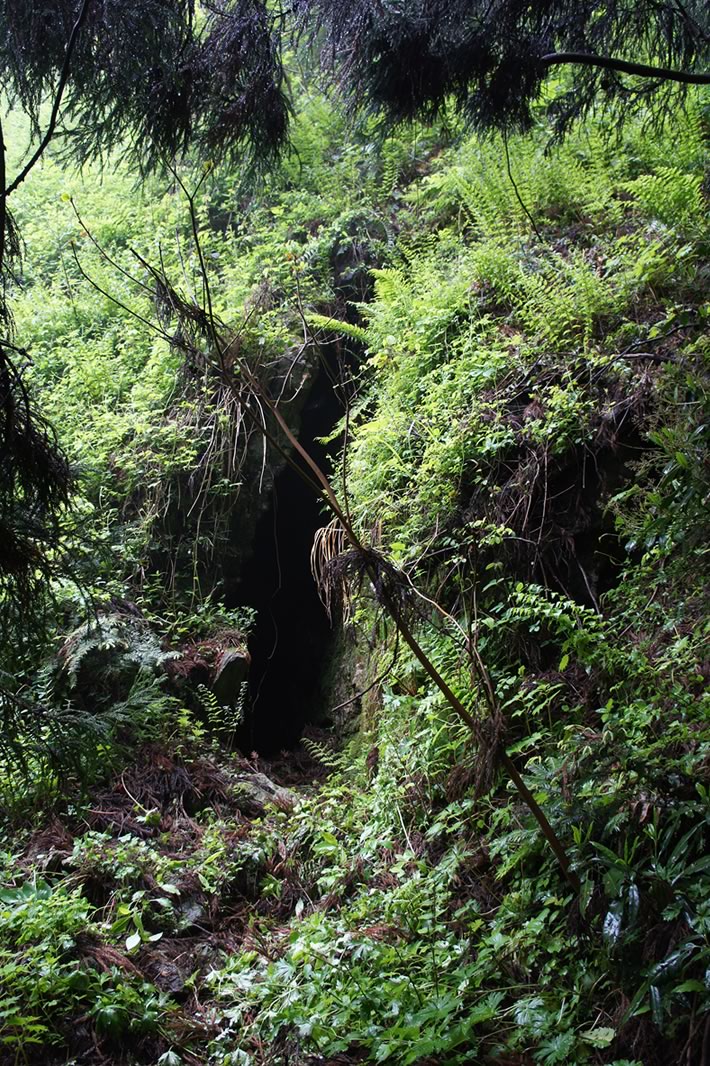
Byobusawa area, remains of chase mining
Entrance of Otaki Mabu tunnel
In Otaki disctrict, on the eastern edge of Tsurushi Silver Mine, there are surface mining and chase mining sites, and a group of mabu tunnels mining from the foot of mountain to ore vein. Prospecting tunnels used for exploratory mining, a group of terraces which was used as working place were found around the periphery of this area. Otaki mabu tunnel and Yakichi mabu tunnel are considerd to be remained in good condition. There are also rich historical documents and illustrations remaining. Under their historical materials and a robotic exploration survey, the existing remains verify that the condition of the extant remains match their historical sources.
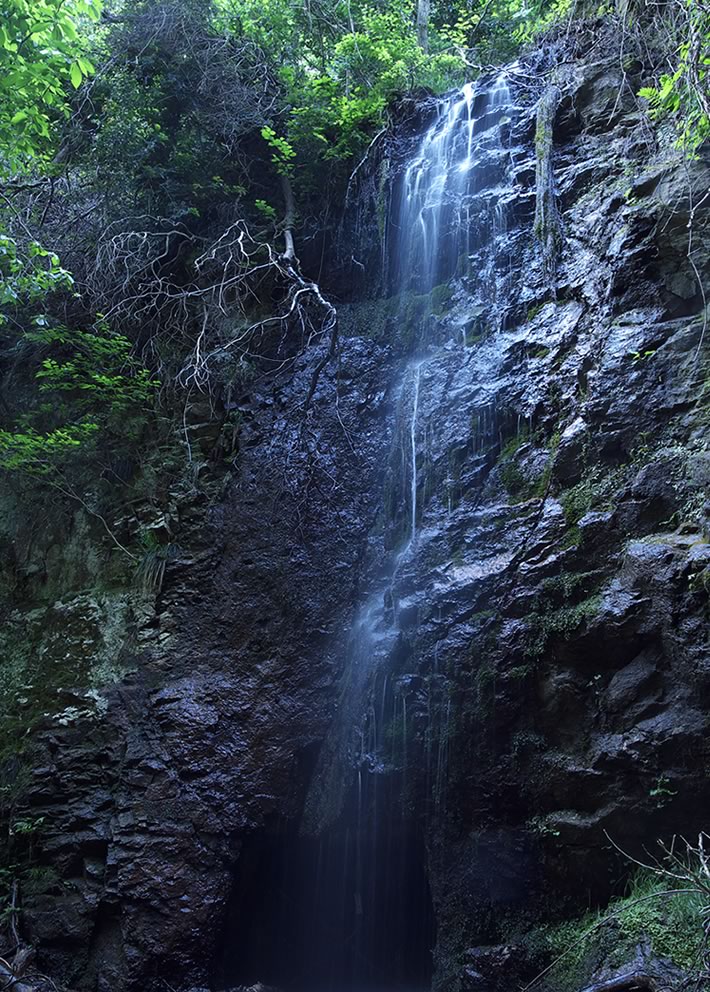
Entrance of Otaki Mabu tunnel © Hoichi Nishiyama
Local magistrate's office
Local magistrate's office was built in a land enclosed by stream on three sides near the silver mine. An old record says that Uesugi Kagekatsu built it in Tsurushi and staffed Yamaguchi Ukyo, a local governor, in 1589. It was a center of mine managing until its relocation to Aikawa in 1603. There is now a terrace on which the building is believed to have been built.
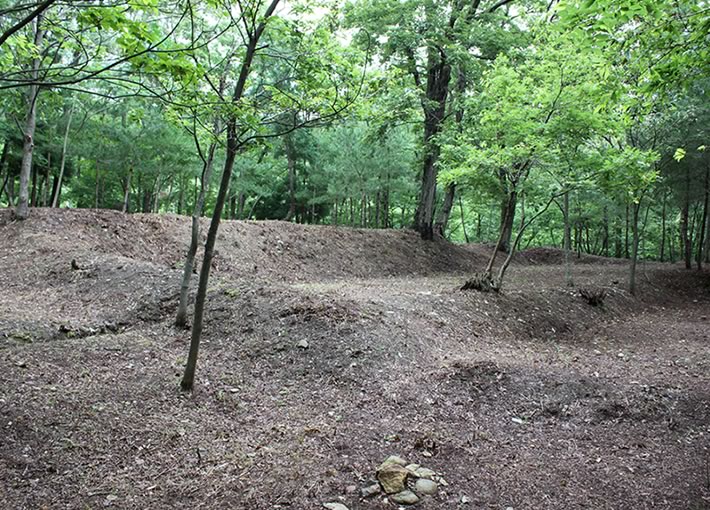
Local magistrate's office,man-made terrace
A mining village site
In Sado, villages were formed by various people who had come to booming mines to work there. It is considered that there used to be a mine village near the administration office of Tsurusi Silver Mine. It got prospered along with the development of silver mine. However, it went into a decline by population outflow to Aikawa in early 17th century.
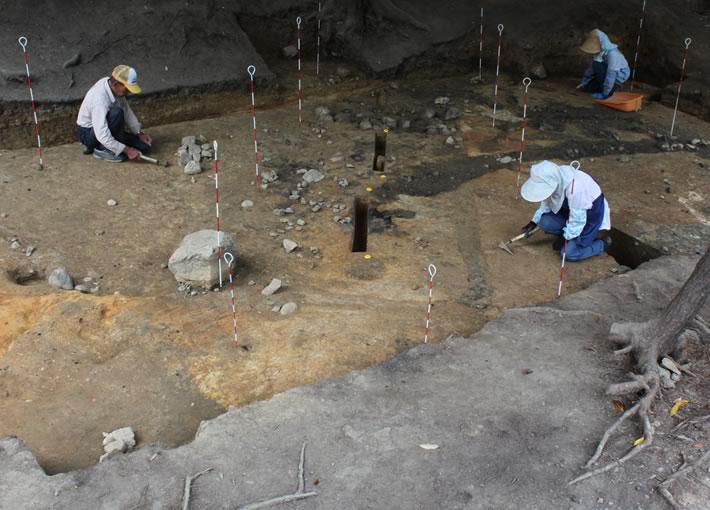
Tsurushi Aramachi Site (Mining Settlement)



